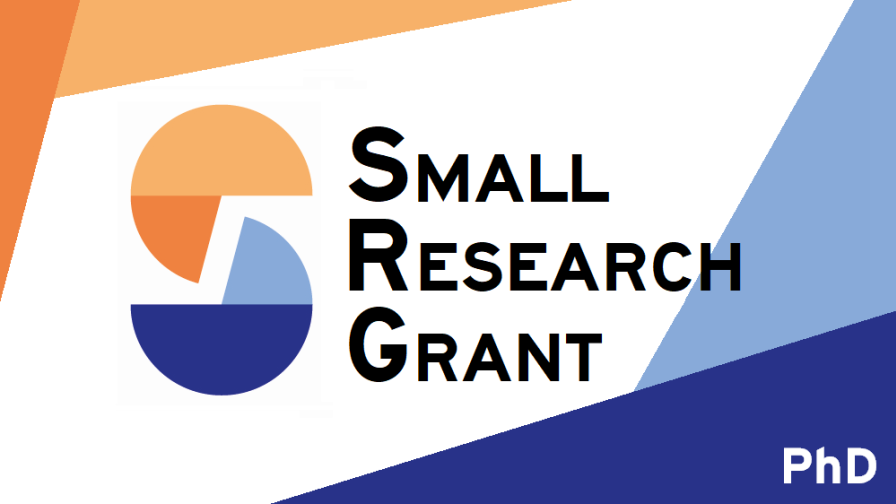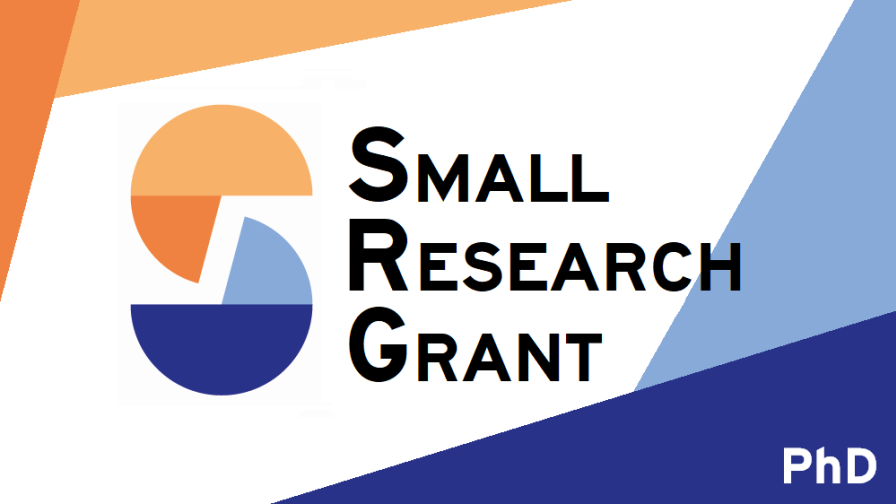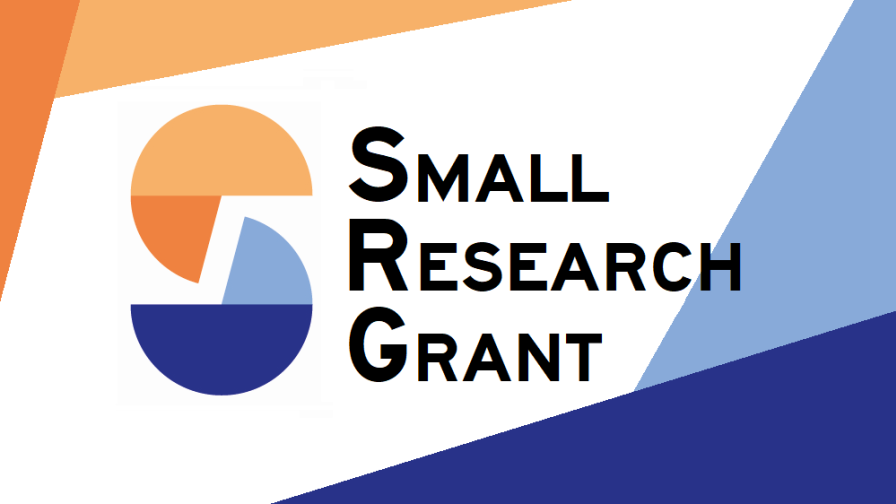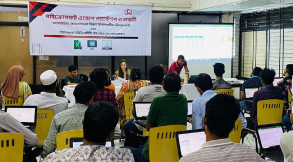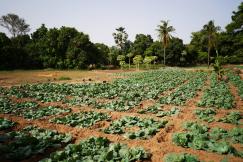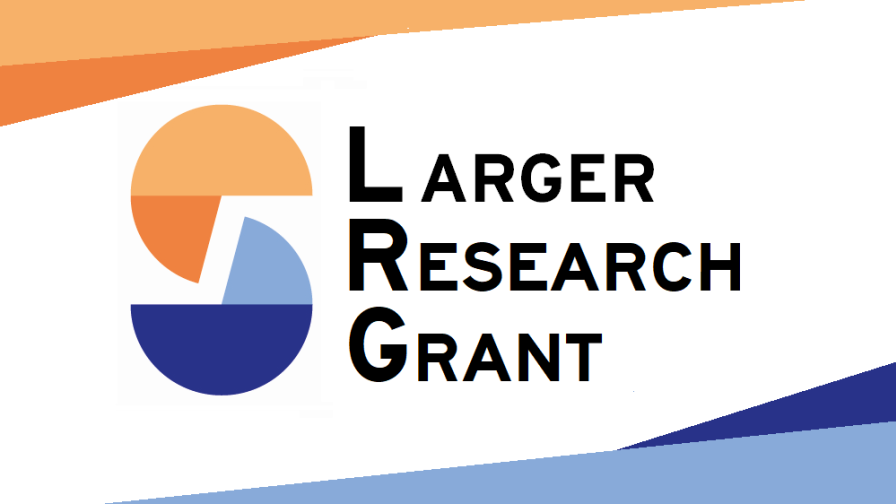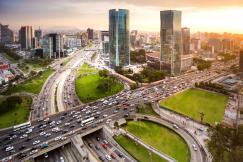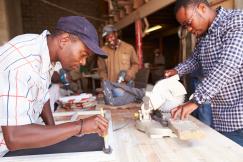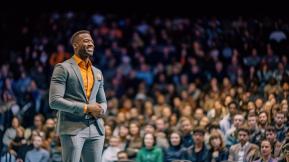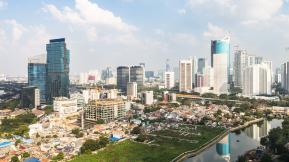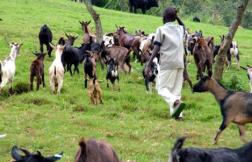The Chinese economic miracle, which has lifted hundreds of millions out of poverty, is one of the central events of the 20th century. However, causally-identified empirical work on the post-1978 reforms credited with the miracle is unusually scarce, partly because of the lack of reliable, disaggregated official data. In this project, we propose to fill this gap, applying deep learning to predict historical village-level Chinese economic outcomes from US spy satellite imagery from 1960 to 1982. With this data, we can ask: what was the effect of the landmark 1978 Household Responsibility System – which moved Chinese agriculture away from collective farming to one based on free markets – on China's economic rise and its spatial pattern of development?
During the Cold War, the CIA's CORONA (1960-72) and Keyhole-9 (1972-83) spy satellites collected thousands of high-resolution, black-and-white daytime images from almost the entire land surface of the Earth. With these images, we can train a convolutional neural network (CNN) to predict village-level economic outcomes such as per capita incomes, agricultural output, population, and industrial and transport infrastructure.
Using this satellite-based data, we can investigate the impacts of a landmark Chinese reform: the Household Responsibility Systems. The staggered rollout of the HRS offers a source of quasi-random spatial variation to causally identify its effects on agriculture and industry. With our granular satellite data, we can observe village-level economic outcomes on both sides of the provincial border before, during, and after the reform. If other economic and geographic characteristics vary smoothly across the border, we can be confident that we have isolated the causal effect of the decollectivization.
As one of the world's fastest-growing economies, China is arguably the most influential example for today’s developing countries, particularly in sub-Saharan Africa. Leaders and elites in Ethiopia (Fourie 2015), Nigeria (CGTN Africa 2017), Kenya (Wanjiru 2021), among others, have all acknowledged the significance of the Chinese economic model. If African policymakers try to emulate China, understanding the true drivers of Chinese growth is thus of paramount policy importance.
Project
• Research Theme 0: Data, Measurement, and Conceptual Framing,
Research Theme 1: Firms, Frictions and Spillovers, and Industrial Policy,
Research Theme 3: Agricultural Productivity and Sectoral Gaps,
Cross-Cutting Issue 3: Inequality and Inclusion
Unlocking the Chinese Miracle with Historical Satellites
This project has been retired
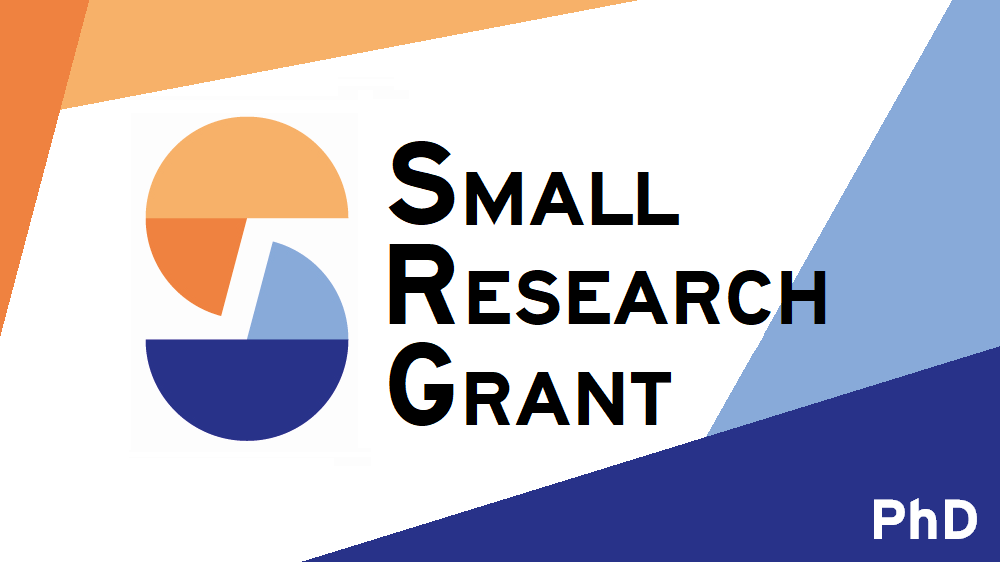
PhD Research Grants
Research Team
Related content
